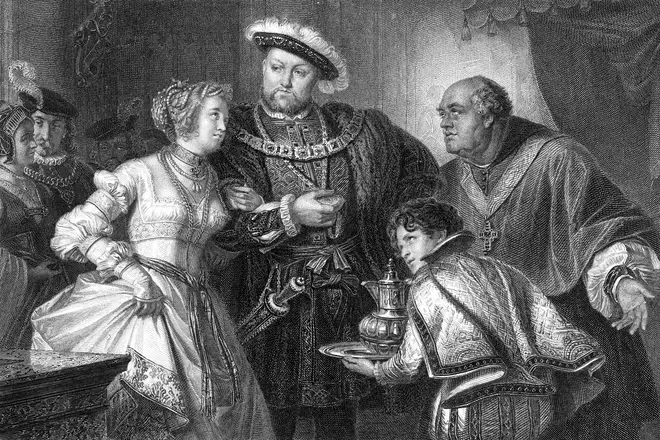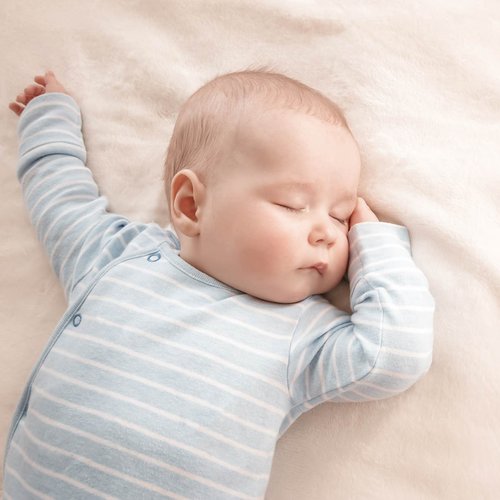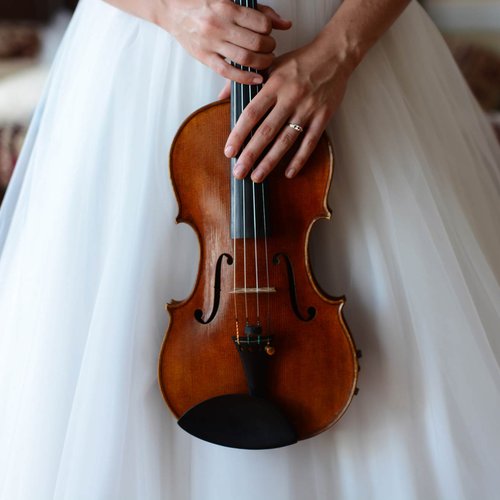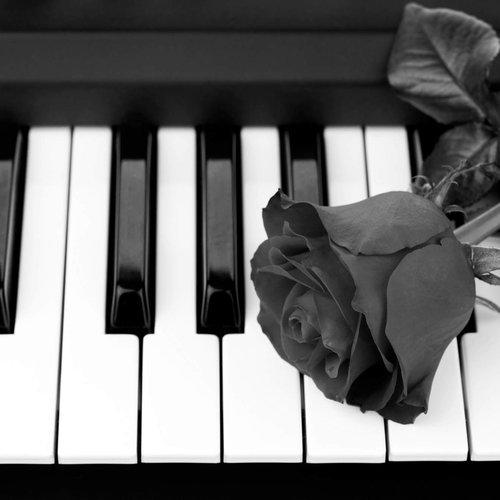Anne Boleyn trial and execution: What was the Queen of England accused of?
4 June 2021, 15:58 | Updated: 4 June 2021, 16:17

Exploring the trial and death of an influential Tudor queen, who is being depicted by Jodie Turner-Smith in Channel 5’s new herstory retelling.
On 25 January 1533, Anne Boleyn gave into years of pursuits and attempts at seduction to marry Henry VIII, the King of England.
So desperate was Henry to marry Anne that he broke from the Catholic Church and, with his chief minister Thomas Cromwell’s help, made himself the head of the new Church of England, so that he could divorce his first wife, Catherine of Aragon.
Catherine had not brought him a male heir, and Henry hoped Anne would be the solution.
But after just three years of marriage, Anne had suffered several miscarriages and fallen from Henry’s favour when she failed to give birth to a son.
Impatient, Henry tried to find reasons to annul their marriage. And in April 1536, Henry had Anne investigated for high treason.
Here’s a look at what Anne was accused of, and her trial and execution, all depicted in a new TV series on Channel 5 starring British actor Jodie Turner-Smith.
Read more: Who were Anne Boleyn’s children? From childbirth tragedy to future queen of England

Jodie Turner-Smith stars as Anne Boleyn in Channel 5 drama
Accused of conspiracy and adultery
Unable to produce a male heir, Anne was no longer useful to the King and was accused of sorcery, adultery and incest.
Henry VIII also claimed she conspired against him and had her investigated for high treason.
Historians including Anne’s own biographer have argued that Thomas Cromwell, chief minister to Henry VIII, led a conspiracy against Boleyn which led to her untimely death.
Cromwell, it has been argued, was a threat to Boleyn, who disagreed with Cromwell over foreign policy and the use of Church revenue, which she believed belonged with charitable and educational institutions.
Read more: Anne Boleyn put together a songbook – and now one choir is bringing it to life
Trial for treason and sorcery
Anne was arrested and sent to solitary confinement in the Tower of London on 2 May 1536.
Her trial took place two weeks later on 15 May, when over two thousand spectators watched as she was found guilty by a jury that included her own uncle.
She was found guilty of multiple charges, including incest with her own brother and sorcery to bewitch the king.
Many historians claim the charges led against Boleyn were unlikely to be true.
Read more: Who was Greensleeves, and did Henry VIII write the song about Anne Boleyn?

A private execution
Anne was beheaded in private by a French swordsman, in place of the usual executioner and his axe, on Tower Green on 19 May.
Boleyn’s friends Mark Smeaton, Francis Weston, William Brereton, Henry Norris and her brother George were all executed for allegedly committing adultery with the queen.
By calling for his wife’s execution, Henry VIII was now clear to marry his third wife-to-be, Jane Seymour, with whom he had been having an affair during his marriage to Anne.
The King married his new queen consort following Anne’s execution, but they were only wed for a year before Seymour died from childbirth complications, just two weeks after the birth of her only child, the future King Edward VI.
She is the only one of Henry’s six wives to be buried beside him in St George’s Chapel, Windsor Castle.









































